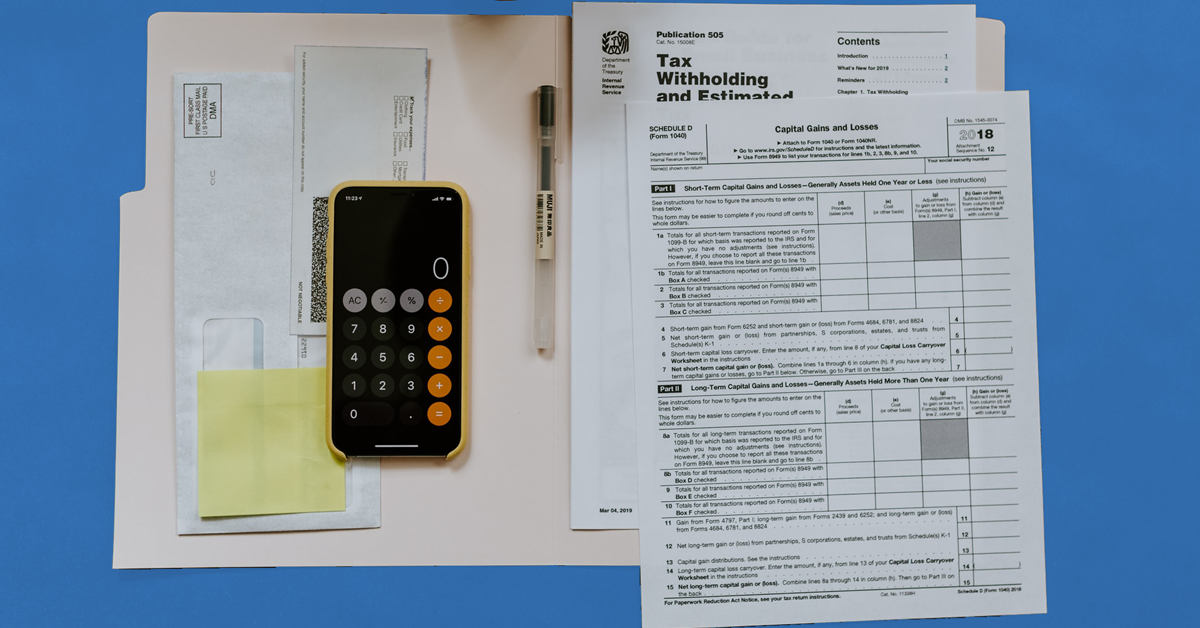When creating a student loan repayment strategy, many borrowers gravitate to one of the Income-Driven Repayment (IDR) plans. By adjusting student loan payments based on taxable income and family size, these plans keep student loan bills more affordable than would otherwise be the case.
Keeping payments low usually involves reducing taxable income, typically by maximizing pre-tax deductions. For married couples, it may be tempting also to file separate federal income tax returns. Unfortunately, that simple step, which seems like a sure-fire way to save money, may end up costing you far more in the long run.
How Income Affects Income-Driven Repayment Plans
As a general rule, IDR plans adjust monthly federal student loan payments based on a borrower’s adjusted gross income (AGI) and family size.
AGI includes both the borrower’s and spouse’s income for a married borrower filing joint federal income tax returns. However, some IDR plans include only the borrower’s income for a married borrower filing separate returns. In contrast, others also use the spouse’s income except in certain circumstances.
Married borrowers, on hearing this, usually immediately assume it’s a better idea to file separate tax returns.
Tax Filing Status Impacts More Than IDR Plan Payments
Changes in tax laws, your financial position, and your goals can all impact your tax burden. Therefore, it’s essential to understand the potential tax impact of each filing status because doing so will help you make better decisions. For example, it might be a good idea to change your filing status and accept a higher tax bill if the result is a lower student loan payment.
To make a wise financial decision, you’ve got to run the numbers so you can fully understand the impact of your choices.
Enter the tax projection.
What Is A Tax Projection?
A tax projection shows your likely tax obligations depending on your filing status. Your tax professional begins by using the income and deduction information from your last tax return and adjusting for changes in income, tax rates, potential deductions, and other factors. Once completed, your accountant can calculate your federal and state income tax obligations based on filing joint as well as separate returns.
Tax projections allow you to be more strategic about choosing your student loan payment plan by providing crucial advance information on tax obligations.
How a Tax Projection Lets You See the Whole Board
Everyone needs to pay taxes, and student loan borrowers must manage their loan payments. Past of my job as a student loan lawyer is to make sure my clients don’t pay more than they need to. Reducing student loan payments at the cost of a larger tax bill doesn’t create savings – it just shifts the financial obligation. That’s why it’s crucial to my clients that I help them strike a balance so they can come out ahead.
Without tax projections, finding the correct answer can be nearly impossible.
For example, assume your income tax refund is $8,000 when you file jointly with your spouse, and your lowest student loan payment is $750 per month. Then, over a year, you’ll spend $1,000 overall because you’ll pay $9,000 towards your student loans and receive $8,000 in tax refunds.
Now, let’s say you file separate tax returns. Between you and your spouse, you have a combined income tax refund of $1,000, but your IDR plan payment is $50 per month. Again, a tax projection helps you see the wisdom of filing separate returns, preventing you from filing a joint return solely on the more significant tax refund.
Alternatively, filing separate returns might yield a combined income tax refund of $1,000 and an IDR plan payment 0f $95 per month. In that case, running a tax projection would help you decide to file a joint tax return.
Wise Student Loan Repayment Strategies Demand Tax Projections
In each of these scenarios, tax projections serve as a powerful tool to maximize the total financial benefit of a federal student loan repayment plan.
As a student loan lawyer, it’s my job to help you craft the most effective student loan management strategy. In doing so, you’ll be able to work towards your financial goals without your student debt ruining your life.
ABOUT THE AUTHOR
Meet Jay
 Since I became a lawyer in 1995, I’ve represented people with problems involving student loans, consumer debts, mortgage foreclosures, collection abuse, and credit reports. Instead of gatekeeping my knowledge, I make as much of it available at no cost as possible on this site and my other social channels. I wrote every word on this site.
Since I became a lawyer in 1995, I’ve represented people with problems involving student loans, consumer debts, mortgage foreclosures, collection abuse, and credit reports. Instead of gatekeeping my knowledge, I make as much of it available at no cost as possible on this site and my other social channels. I wrote every word on this site.
I’ve helped thousands of federal and private student loan borrowers lower their payments, negotiate settlements, get out of default and qualify for loan forgiveness programs. My practice includes defending student loan lawsuits filed by companies such as Navient and National Collegiate Student Loan Trust. In addition, I’ve represented thousands of individuals and families in Chapter 7 and Chapter 13 bankruptcy cases. I currently focus my law practice solely on student loan issues.
I played a central role in developing the Student Loan Law Workshop, where I helped to train over 350 lawyers on how to help people with student loan problems. I’ve spoken at events held by the National Association of Consumer Bankruptcy Attorneys, National Association of Consumer Advocates, and bar associations around the country. National news outlets regularly look to me for my insights on student loans and consumer debt issues.
I’m licensed to practice law in New York and California and advise federal student loan borrowers nationwide.
continue reading





